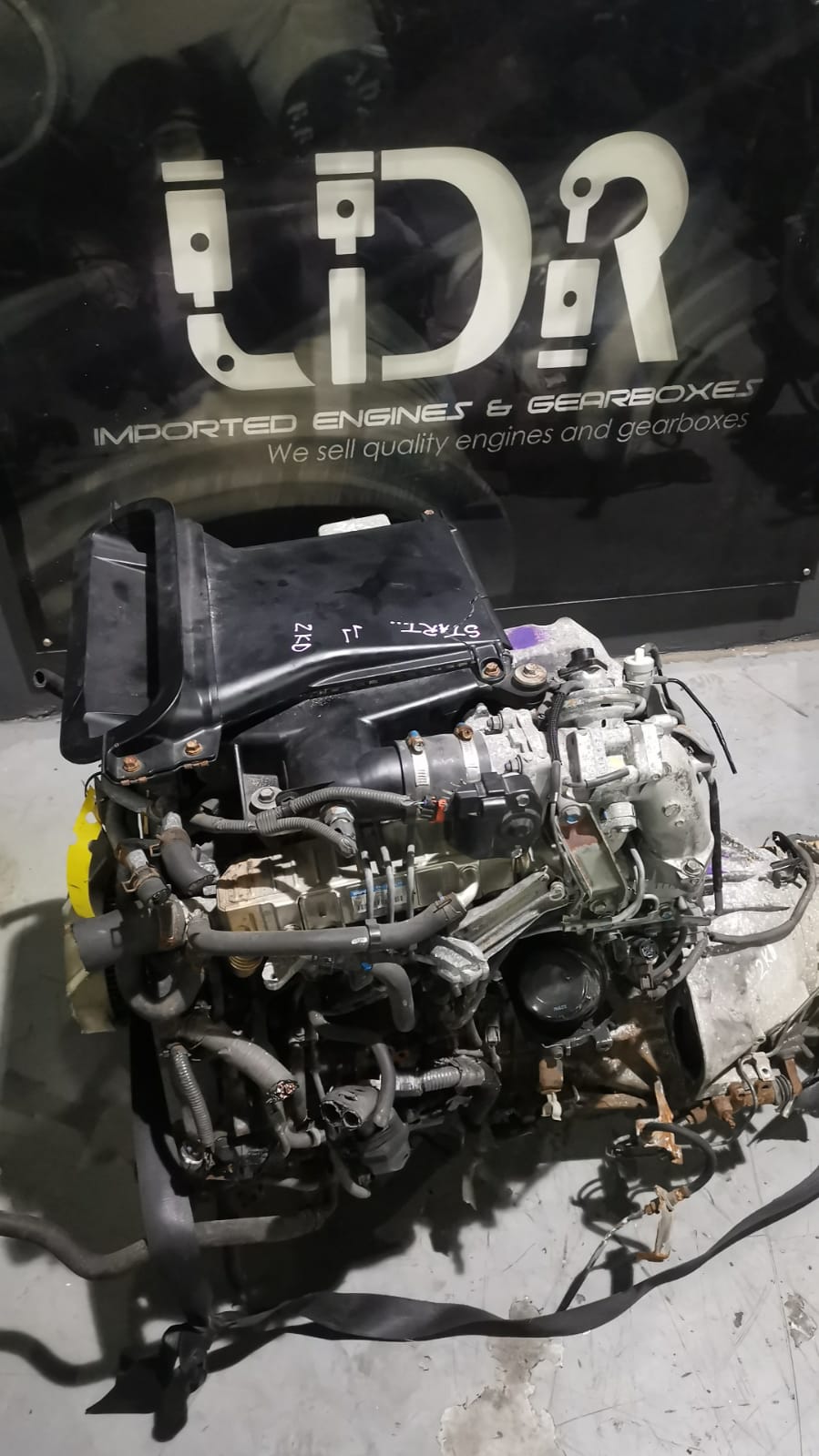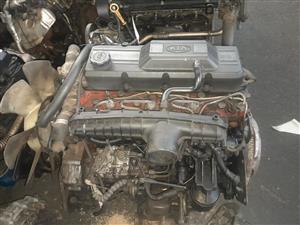Update Your Lorry with a New Opel Corsa Engine
Update Your Lorry with a New Opel Corsa Engine
Blog Article
Extensive Assessment of the Mechanical Elements of a Hatchback's Motor
Comprehending the elaborate workings of a hatchback's motor is akin to unwinding a complicated puzzle where every item plays a critical role in the overall efficiency of the car. As we dig right into the internal workings of these mechanical marvels, a deeper gratitude for the symphony of parts that drive a hatchback ahead arises.
Pistons and Cylinders

The effectiveness and performance of a hatchback's engine rely heavily on the smooth procedure of the cylinders and pistons. Correct sealing in between the piston rings and cylinder walls is important to keep compression and avoid loss of power. Additionally, the dimension and design of the cylinders straight influence the engine's variation and total power outcome. Routine maintenance and monitoring of these elements are essential to make sure optimum engine performance and long life.
Crankshafts and camshafts
Camshafts and crankshafts play critical functions in the operation of a hatchback's internal combustion engine, facilitating exact timing and conversion of straight activity right into rotational power. The camshaft, located within the engine block, manages the opening and closing of the engine shutoffs at particular periods. opel corsa engine.
On the other hand, the crankshaft, attached to the pistons through attaching rods, transforms the direct motion of the pistons into rotational movement. This rotational power is then moved to the transmission and eventually to the wheels, moving the car forward. The specific control in between the camshaft and crankshaft is necessary for the engine to run effectively and produce power successfully. Any type of imbalance or malfunction in these components can cause engine efficiency problems and possible damage. Consequently, normal maintenance and prompt substitutes are required to ensure the smooth procedure of these important engine parts in a hatchback.
Valves and Timing Belts
Playing an important function in the synchronization and procedure of a hatchback's internal burning engine, the valves and timing belts work in conjunction with the crankshafts and camshafts to ensure ideal efficiency. Proper timing is important for the engine to operate successfully and protect against damages due to disturbance between relocating components.

Gas Injectors and Ignition System
Gas injectors and stimulate plugs are vital parts in a hatchback's engine system, accountable for the effective shipment of gas find here and ignition of the air-fuel combination. Fuel injectors play a crucial role in the burning process by specifically spraying fuel into the burning chamber at the ideal moment and in the appropriate amount. This regulated distribution makes sure optimal fuel performance and power result. Modern hatchbacks often use digital gas injection systems that can readjust fuel delivery based upon various factors such as engine temperature, tons, and rate.
Combined with fuel injectors, ignition system are important for firing up the air-fuel combination within the engine cylinders. When the spark plug creates a high-voltage electric present, it creates a trigger that sparks the pressed air-fuel blend, initiating the burning process. Properly functioning ignition system are vital for engine efficiency, fuel performance, and exhausts control. Regular inspection and maintenance of both gas injectors and trigger plugs are important to guarantee the engine operates smoothly and efficiently.
Air Conditioning System and Lubrication
Provided the crucial duty of keeping optimal engine performance and efficiency in a hatchback, the cooling system and lubrication systems are indispensable parts that ensure correct working and longevity of the navigate to this site vehicle. The air conditioning system in a hatchback is accountable for managing the engine temperature level to stop overheating. It typically contains a radiator, water pump, thermostat, and cooling down fan, interacting to dissipate heat generated during engine operation. Appropriate lubrication is equally critical as it lowers friction in between relocating parts, protecting against damage. The lubrication system in a hatchback includes the oil pump, oil filter, and various lubes that decrease rubbing within the engine. Routine maintenance of the air conditioning system includes examining coolant levels, inspecting for leakages, and guaranteeing appropriate performance of cooling down elements. Frequent oil modifications and utilizing the suggested lubes are important for the lubrication system's effectiveness. With each other, the cooling system and lubrication mechanisms play a vital duty in maintaining the hatchback's engine running smoothly and efficiently.
Verdict

Pistons and cyndrical tubes are integral components within the inner combustion engine of a hatchback, responsible for converting fuel right into mechanical power. The camshaft, situated within the engine block, manages the opening and closing of the engine valves at particular intervals.Playing a vital function in the synchronization and operation of a hatchback's internal burning engine, the shutoffs and timing belts work in conjunction with the camshafts and crankshafts to ensure optimal efficiency.Gas injectors and stimulate plugs are important components in a hatchback's engine system, responsible for the reliable distribution of fuel and ignition of the air-fuel mix. Modern hatchbacks frequently utilize electronic gas shot systems that can readjust gas distribution based on numerous variables such as engine temperature check out this site level, load, and rate.
Report this page